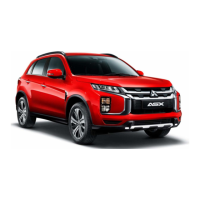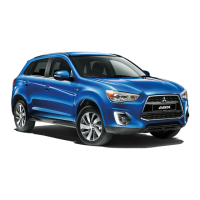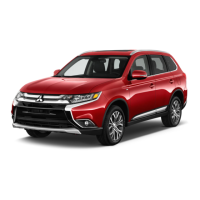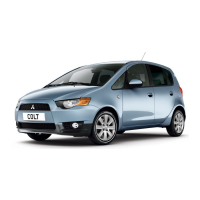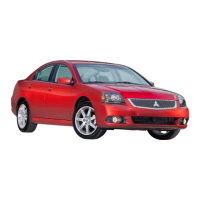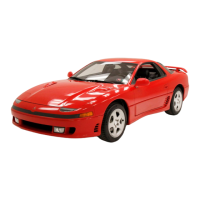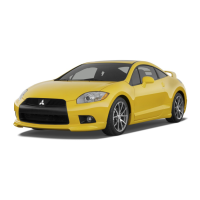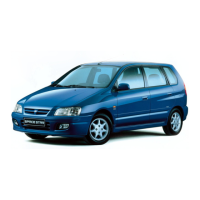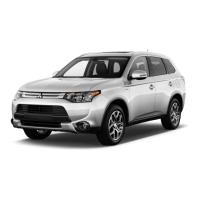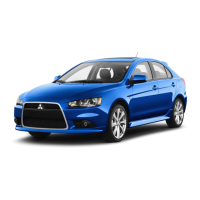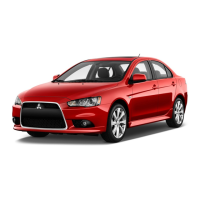Force limiter system
E00406000209
In the event of a collision, each force limiter
system will effectively absorb the load ap-
plied to the seat belt to minimize the impact
to the passenger.
Child restraint
E00406403464
When transporting children in your vehicle,
some type of child restraint system should al-
ways be used according to the size of the
child. This is required by law in most coun-
tries.
The regulations concerning driving with chil-
dren in the front seat may differ from country
to country. You are advised to comply with
the relevant regulations.
WARNING
l
When possible, put children in the rear
seat. Accident statistics indicate that chil-
dren of all sizes and ages are safer when
properly restrained in the rear seat rather
than in the front seat.
l
Holding a child in your arms is no substi-
tute for a restraint system. Failure to use
a proper restraint system can result in se-
vere or fatal injury to the child.
l
Each child restraint device or fixing is to
be used only by one child.
WARNING
l
When attaching a child restraint system
to the rear seat, prevent the front seat-
backs from touching the child restraint
system.
Otherwise, the child could be seriously in-
jured in the event of hard braking or a
collision.
Caution for installing the child
restraint on vehicles with a
front passenger airbag
The label shown here is attached on vehicles
with a front passenger airbag.
WARNING
l
Extreme Hazard!
NEVER use a rearward facing child re-
straint on a seat protected by an ACTIVE
AIRBAG in front of it, DEATH or SERI-
OUS INJURY to the CHILD can occur.
NOTE
l
The labels may be in different positions de-
pending on the vehicle model.
Use rearward facing child restraints in the
rear seat or turn off the front passenger’s air-
bag ON-OFF switch (if so equipped). (Refer
to “To turn an airbag off” on page 4-28)
Front passenger’s
airbag ON
Child restraint
4-15
OGAE15E5
Seat and seat belts
4
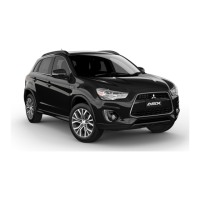
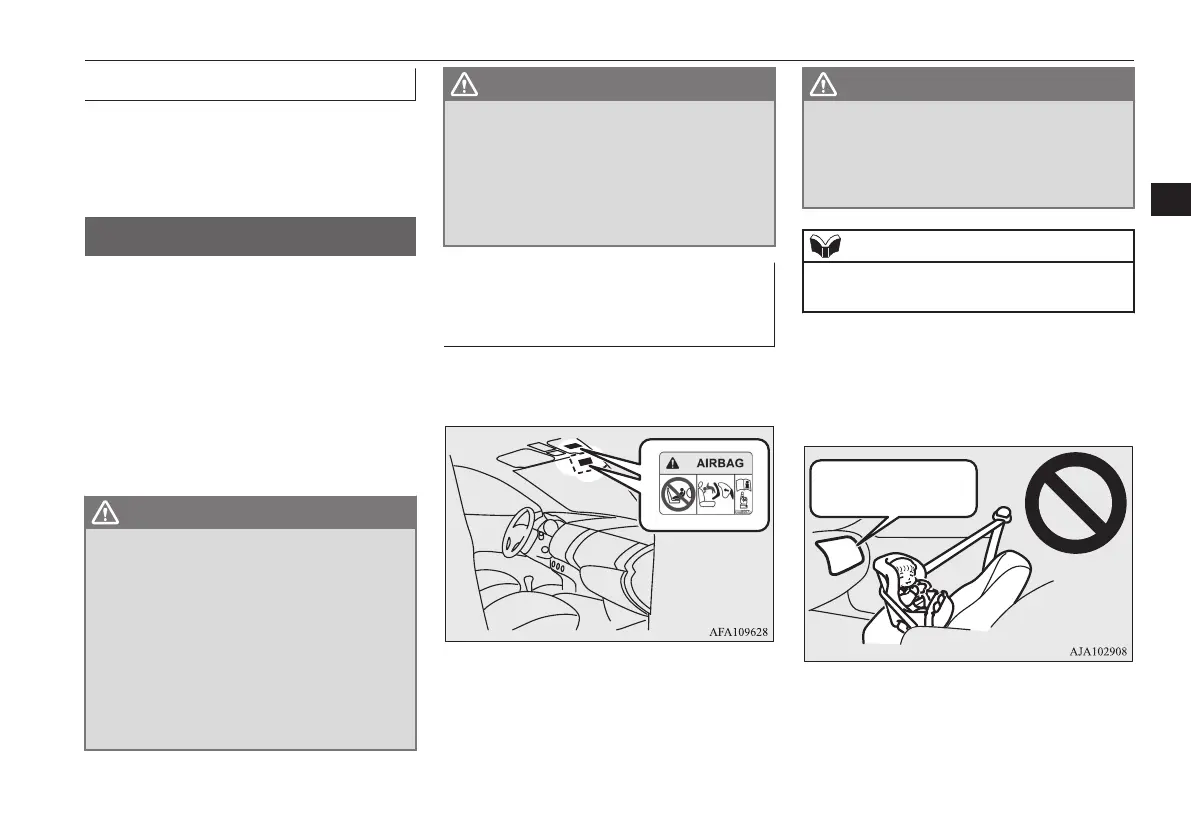